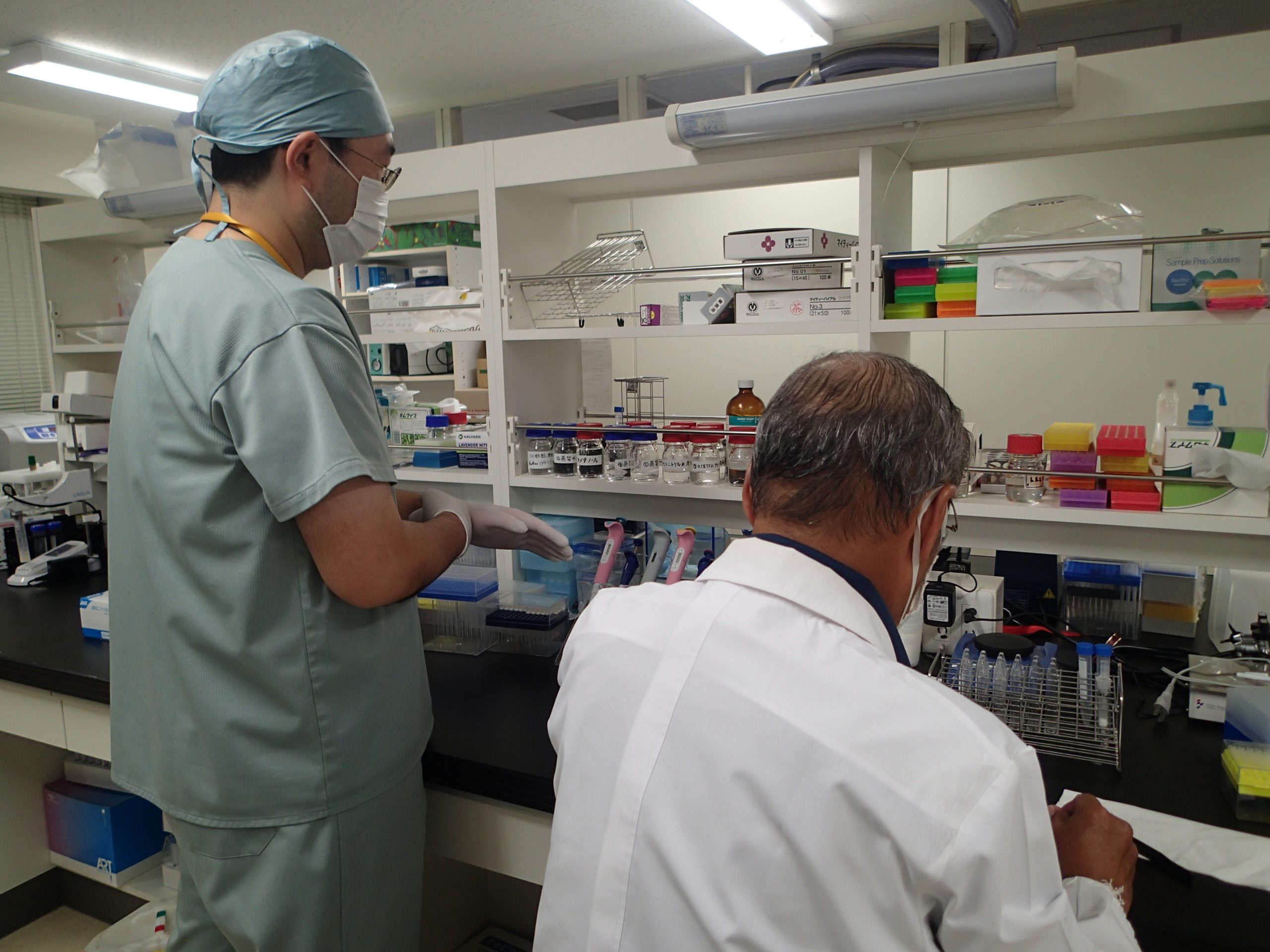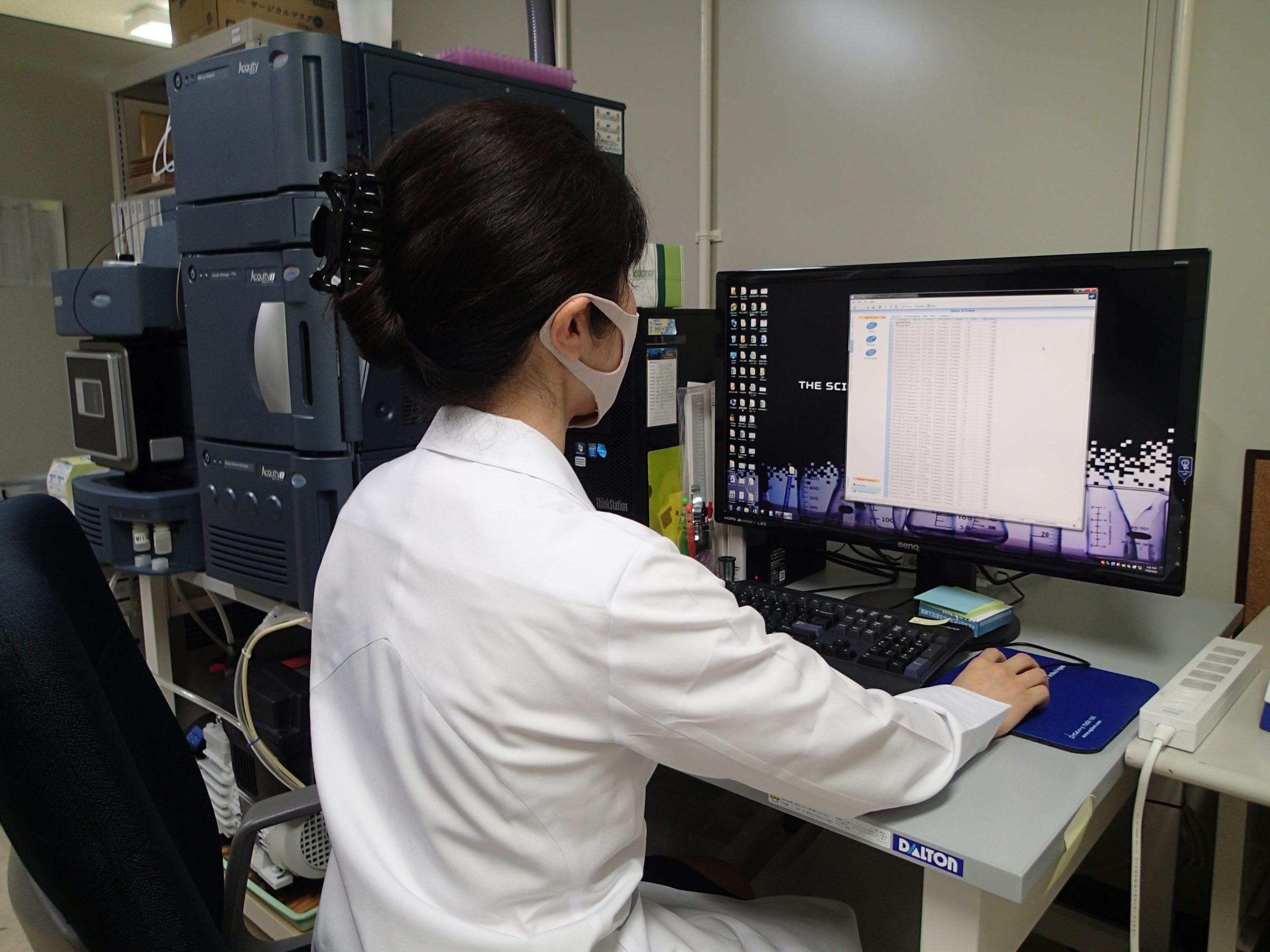Forensic autopsy and postmortem imaging to determine cause of death
※The content is current at the time of writing.
Determining the cause of death is the last medical treatment
Research Overview
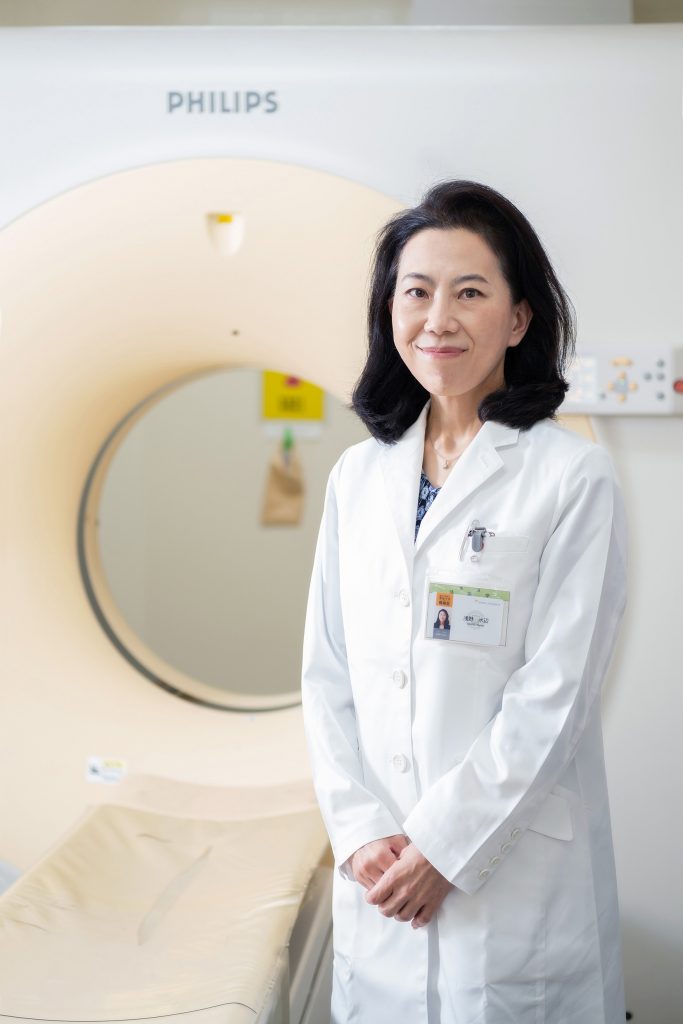
The main task of forensic medicine is to determine the cause of death for those who died outside of a hospital or whose cause of death is unclear. Until recently, autopsy was the only method used to determine the cause of death in forensic medicine, but in recent years, it has become possible to perform imaging examinations of corpses, and postmortem imaging has become an indispensable method to determine the cause of death.
The first forensic autopsy in Japan can be traced back to the dissection of an infant performed by Kuniyoshi Katayama, a professor at Tokyo University, during the Meiji era. Now and in the past, autopsies have always been based on looking inside the body in every nook and cranny to check for visible abnormalities. However, medical science is advancing and developing day by day, and modern forensic autopsies are not limited to visual inspection. We determine the cause of death by combining various tests depending on the case, such as computed tomography (CT), drug toxicology using various analyzers, histopathology using a microscope, DNA analysis, and genetic testing.
In addition to the time and labor required for autopsy examinations, there is psychological resistance due to the Japanese view of life and death, resulting in a low autopsy rate of approximately 12% in Japan. The findings of the external examination are limited and may lead to “misdiagnosis” of the cause of death. Therefore, we perform CT examinations of corpses to examine the inside of the body and improve the accuracy of diagnosis of the cause of death without autopsy.
Research Features
Postmortem CT is very useful in diagnosing the cause of death, but the normality and abnormality of CT examinations differ greatly between cadavers and living bodies. We aim to establish diagnostic criteria for postmortem CT images by analyzing a large number of postmortem CT images and analyzing findings that are unique to cadavers and common to cadavers. In most cases, drug-poisoning deaths do not show any characteristic findings on external examination (autopsy), postmortem imaging, or autopsy, and blood drug levels are essential for diagnosis. There are countless “drugs” and “poisons” in the natural world, and even alcohol, which is a luxury item, can be considered a poison if consumed in excess of the proper amount. In autopsy cases, blood samples are collected as much as possible and first screened (the process of narrowing down the causative drugs and poisons from among many substances), and once narrowed down to some extent, the target substances are identified and quantitated by analytical methods suitable for each, and finally the cause of death is determined by determining whether the concentration is lethal or not. Our goal is to develop new analytical methods for medicinal toxicants that have not been quantitatively analyzed before and to establish drug analysis methods that are faster and simpler than existing analytical methods.
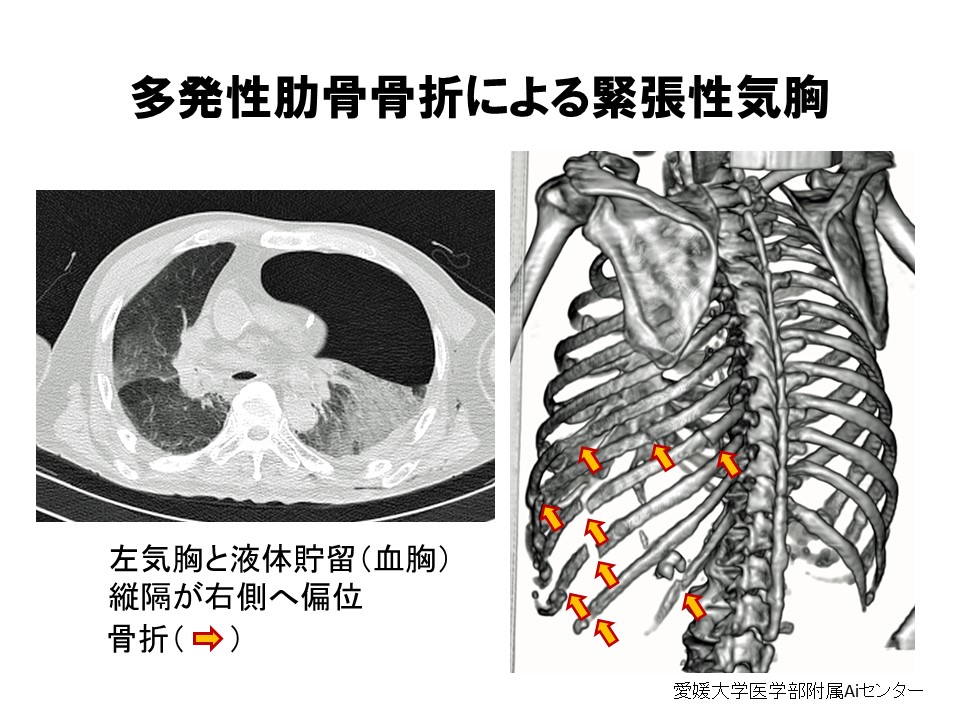
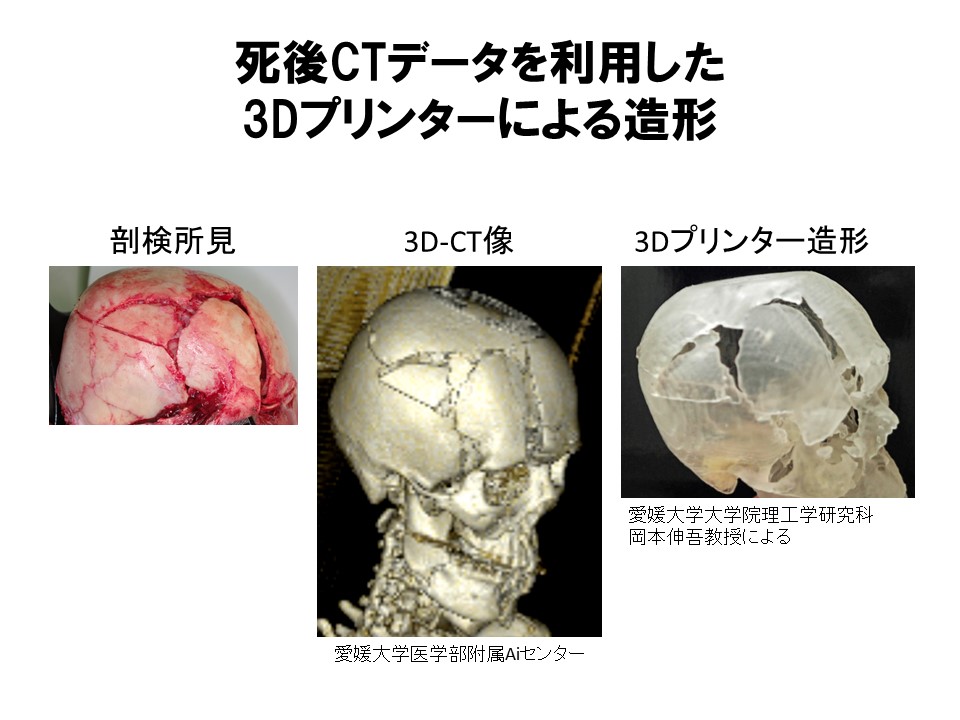
Research Attraction
Determining the cause of death is the last medical treatment. Clarifying the cause of death protects the dignity of the deceased and, at the same time, provides grief care to help the bereaved family accept the death. In addition, a correct diagnosis of the cause of death clarifies the structure of disease in Japan and provides the basis for future medical policies, and also helps prevent accidents by identifying negligent accidents. Thus, forensic medicine is not only for the dead. I think the appeal of forensic medicine is that it is connected to and useful for people who are still alive.
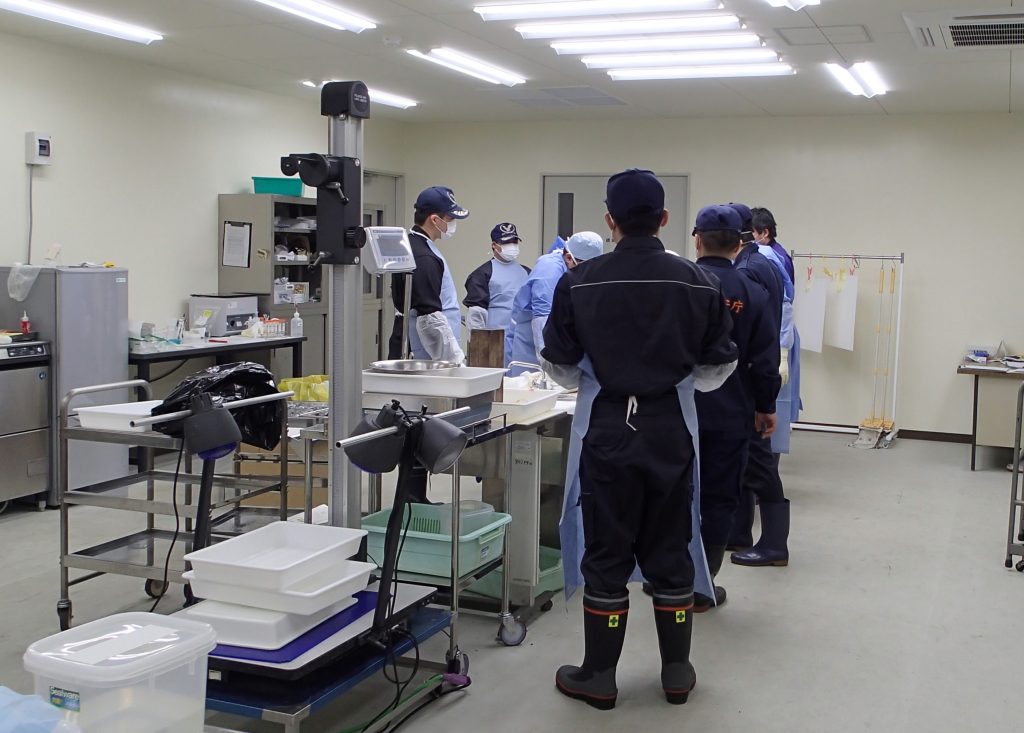
Future Outlook
We challenge to diagnose the cause of death based on data. Although forensic autopsies have often been based on empirical data, we would like to incorporate objective indicators such as blood levels of drugs, blood test values, and findings in postmortem images into cause-of-death diagnosis. The postmortem changes begin the moment the heart stops beating and are greatly affected by the environment in which the corpse is placed (temperature, humidity, etc.), so there is a great deal of individual variation.
Message to those who are interested in this research
The voice of the dead can only be heard through careful autopsies, careful observation of the smallest differences, and logical consideration of the facts. In the most difficult cases, when the cause of death and the circumstances leading to death are revealed, it is a moving experience as if the pieces of a disparate puzzle fit together.


